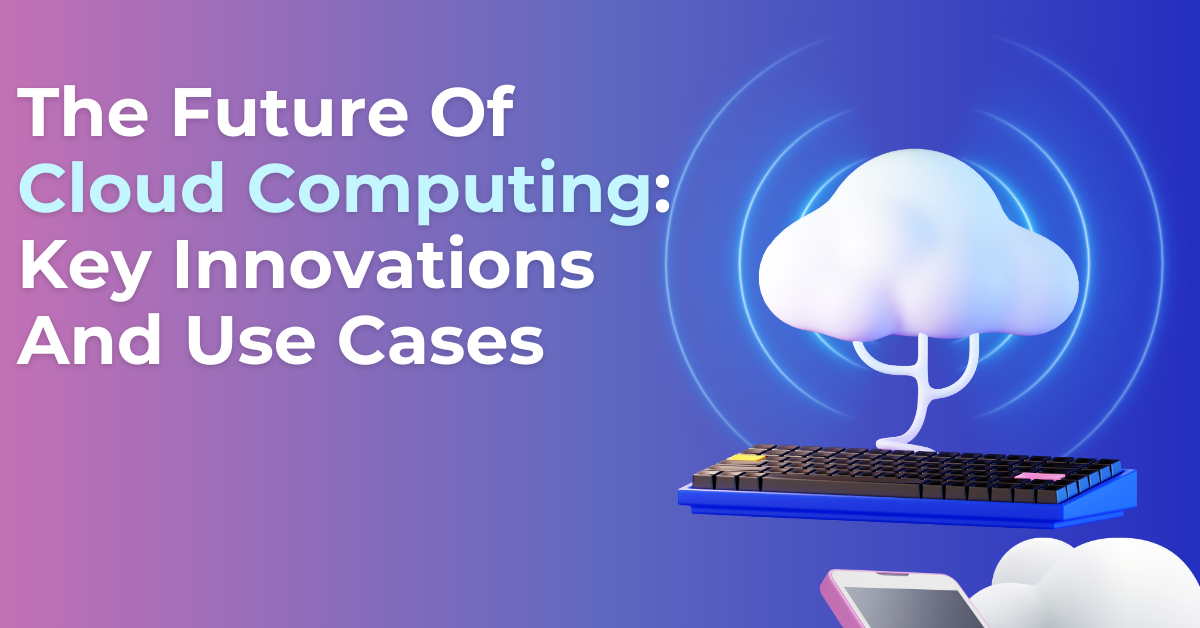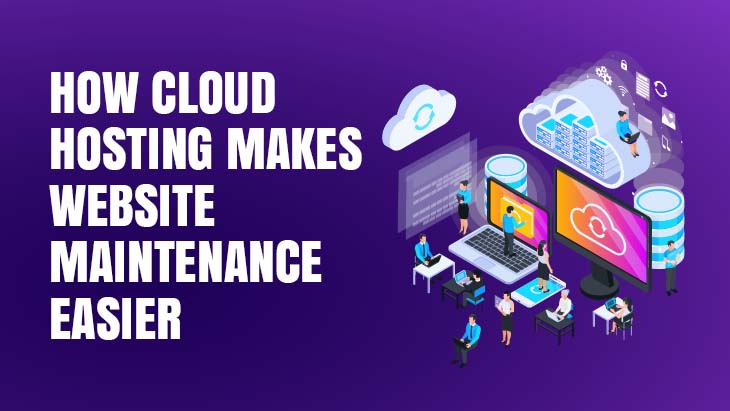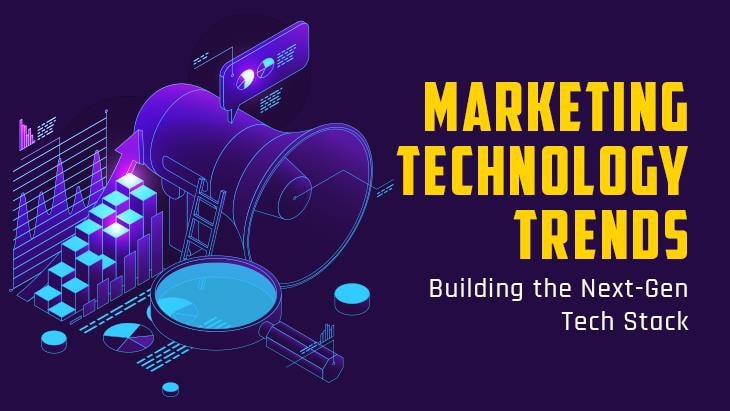Cloud computing has emerged as a transformative force, reshaping how businesses operate and deliver services. From scalability and cost-efficiency to enhanced security and performance, cloud technologies continue to evolve rapidly. As we look to the future, key innovations in cloud computing promise to unlock even greater possibilities for businesses and individuals. This post explores the latest trends, advancements, and real-world use cases that are defining the next chapter of cloud computing.
Emerging Trends and Innovations in Cloud Computing
1. Edge Computing
Edge computing is poised to revolutionize cloud computing by bringing data processing closer to the source of data generation. Unlike traditional cloud computing, which relies on centralized data centers, edge computing reduces latency and enhances real-time processing capabilities. Industries such as healthcare, manufacturing, and autonomous vehicles benefit immensely from this innovation.
2. Multi-Cloud and Hybrid Cloud Solutions
The adoption of multi-cloud and hybrid cloud strategies is growing as businesses seek flexibility and resilience. By combining public and private cloud resources, organizations can optimize costs, ensure data sovereignty, and avoid vendor lock-in.
3. Serverless Computing
Serverless architectures are gaining popularity for their ability to simplify application development and deployment. With serverless computing, developers can focus solely on writing code while cloud providers handle infrastructure management. This reduces costs and accelerates time-to-market.
4. Artificial Intelligence and Machine Learning Integration
AI and ML are becoming integral to cloud platforms, enabling businesses to leverage predictive analytics, natural language processing, and automated decision-making. Cloud-based AI services allow organizations to innovate without investing heavily in hardware or data science expertise.
5. Quantum Computing in the Cloud
Quantum computing has the potential to solve complex problems that are beyond the reach of classical computers. Cloud providers are already offering access to quantum computing resources, paving the way for advancements in cryptography, drug discovery, and optimization algorithms.
Key Use Cases of Cloud Computing
1. Data Storage and Backup
Cloud computing offers scalable and secure storage solutions, eliminating the need for physical servers. Businesses can store vast amounts of data and leverage automated backup systems to ensure disaster recovery. Additionally, cloud storage mitigates risks associated with hard drive failure cause, such as data corruption or hardware malfunctions.
2. Remote Collaboration and Productivity
The rise of remote work has highlighted the importance of cloud-based collaboration tools like Google Workspace and Microsoft 365. These platforms enable teams to share files, communicate, and manage projects seamlessly from any location.
3. Big Data Analytics
Cloud platforms provide the computational power and storage capacity required for processing and analyzing massive datasets. Organizations can gain valuable insights from customer behavior to market trends driving data-driven decision-making.
4. Software Development and Testing
Developers can leverage cloud environments for coding, testing, and deployment. Cloud-based DevOps tools support continuous integration and delivery (CI/CD), streaming software development workflows.
5. Disaster Recovery and Business Continuity
Cloud computing ensures data redundancy and recovery capabilities, minimizing downtime during unforeseen events. Companies can replicate their infrastructure across multiple data centers, ensuring resilience and continuity.
Benefits of Cloud Computing
1. Cost Efficiency
By shifting to a cloud-based model, businesses can reduce infrastructure costs and pay only for the resources they use. This eliminates the need for costly hardware and maintenance.
2. Scalability
Cloud platforms offer unmatched scalability, allowing businesses to expand or contract resources based on demand. This flexibility is particularly beneficial for startups and growing enterprises.
3. Security Enhancements
Modern cloud providers implement robust security measures, including encryption, firewalls, and multifactor authentication. These safeguards protect sensitive data from breaches and cyberattacks.
4. Accessibility and Mobility
Cloud solutions enable users to access data and applications from any device, promoting mobility and remote work.
5. Environmental Sustainability
Cloud data centers are often more energy efficient than traditional on-premises setups, contributing to sustainability efforts and reducing carbon footprints.
Challenges and Solutions in Cloud Computing
While cloud computing offers numerous advantages, it also presents challenges that businesses must address.
1. Data privacy and compliance: Organizations must ensure compliance with data protection regulations such as GDPR and HIPAA.
2. Downtime risk: Dependence on internet connectivity can lead to outages. Businesses can mitigate this risk by adapting multi-region deployments.
3. Vendor lock-in: Relying on a single cloud provider can limit flexibility.
4. Security vulnerabilities: Regular updates, encryption, and access controls can strengthen defenses against cyber threats.
5. LoT and smart device integration: The integration of IoT (Internet of Things) devices with cloud computing is enabling smarter and more connected systems. From smart homes to industrial automation, IoT relies on the cloud for data storage, processing, and real-time insights, offering significant advancements in efficiency and monitoring.
6. AI-powered security solutions: Cloud providers are incorporating AI-powered security tools to detect and respond to threats in real-time. These solutions leverage machine learning to analyze patterns, identify vulnerabilities, and mitigate attacks, ensuring robust protection for sensitive data and applications.
7. Virtual desktop infrastructure (VDI) solutions hosted on the cloud are transforming the way businesses operate by providing remote desk environments. These virtual desktops offer secure and flexible access to applications and data, improving workforce productivity and reducing hardware dependency.
The Road Ahead for Cloud Computing
As cloud technologies continue to evolve, they will play a critical role in shaping the digital landscape. Innovations such as edge computing, AI integration, and quantum computing are pushing the boundaries of what’s possible, enabling businesses to achieve greater efficiency and innovation.
Organizations must stay informed about emerging trends and invest in cloud solutions that align with their strategic goals. By embracing cloud computing, businesses can future-proof their operations and gain a competitive edge in an increasingly digital world.
Expanding Cloud Native Applications
The rise of cloud-native applications has refined how software is developed and deployed. These applications are designed specifically for cloud environments, leveraging microservices architecture and containerization.
Businesses benefit from improved scalability, faster updates, and simplified maintenance processes. As adopting cloud-native technologies grows, organizations can create agile systems that adapt to changing demands and deliver seamless user experiences.
Endnote
The future of cloud computing is flowing with possibilities, driven by technological advancements and real-world applications. From enabling real-time analytics to supporting AI-driven innovations, cloud platforms continue to empower businesses to reach new heights.
By adopting scalable, secure, and flexible cloud solutions, companies can streamline operations, enhance productivity, and stay ahead in an ever-changing market. As the cloud landscape evolves, businesses that leverage these innovations will thrive in the digital economy.
















Post Comments